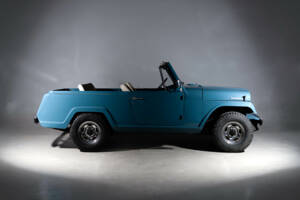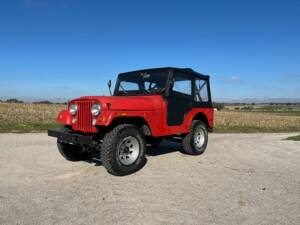- Car
- Jeep (26 offers)
Jeep Classic Car Purchase
Jeep stands for uncompromising off-road capability and mechanical resilience. Originally developed for the US military in the 1940s, Jeep vehicles have evolved into versatile classics ranging from pared-back Willys models to luxurious Wagoneers and rugged Wranglers. Today, Jeep oldtimers are sought after for their engineering, unique design language, and their adaptability to everything from daily driving to challenging off-road use.
Search results
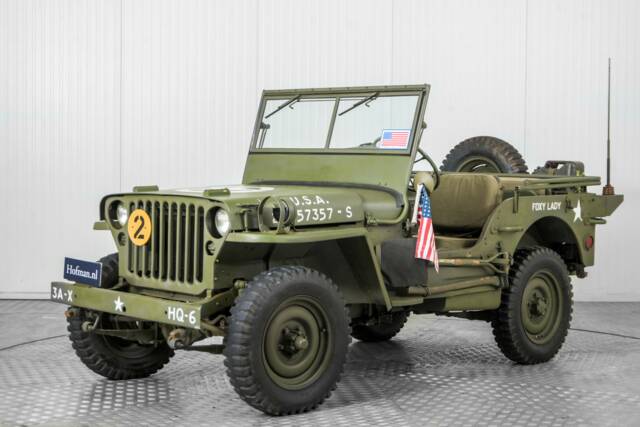
1945 | Jeep CJ-2A
Willy Jeep WW2 oorlogsjeep 4x4 1945
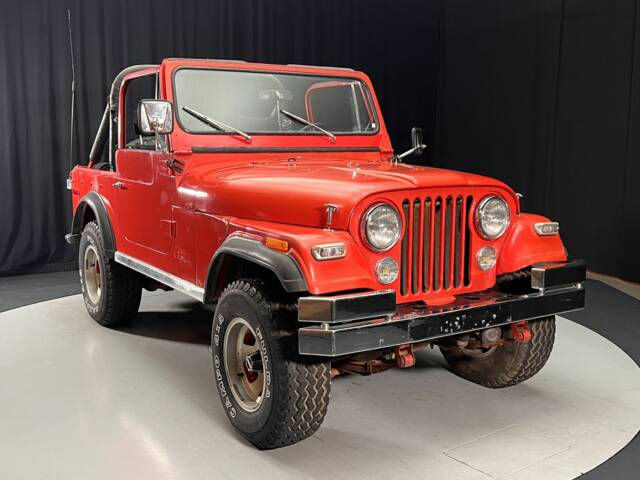
1978 | Jeep CJ-7
Jeep CJ-7 | 1978 | Route 66 Auctions - For sale by auction. Estimate 8500 EUR
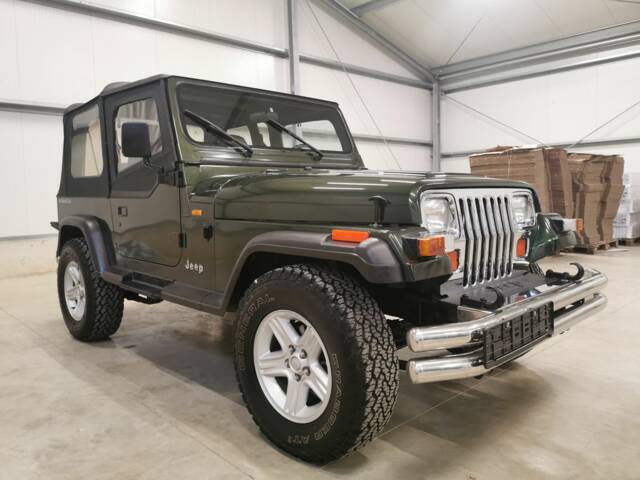
1996 | Jeep Wrangler YJ 4.0L
Jeep Wrangler | 1996 | Route 66 Auctions - For sale by auction. Estimate 14500 EUR
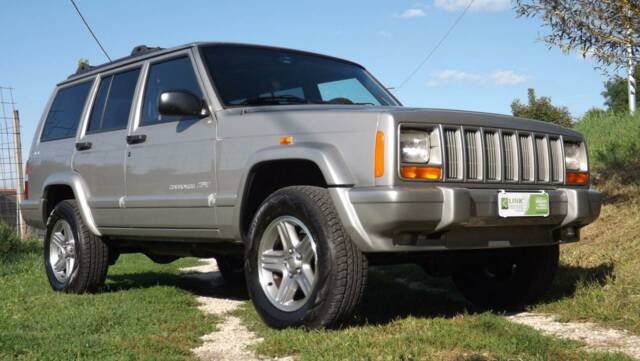
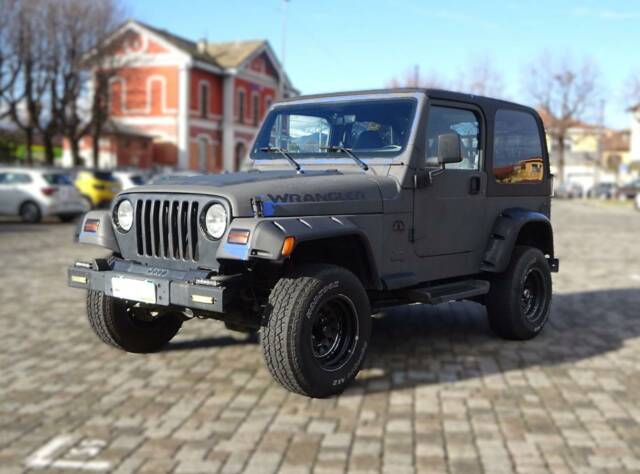
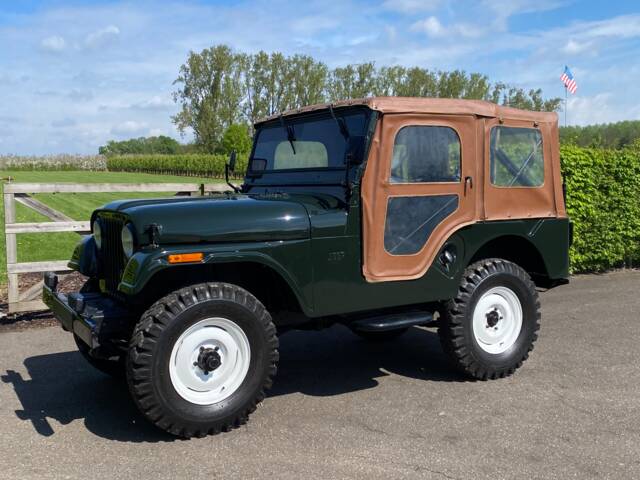
1966 | Jeep CJ-5
Softtop
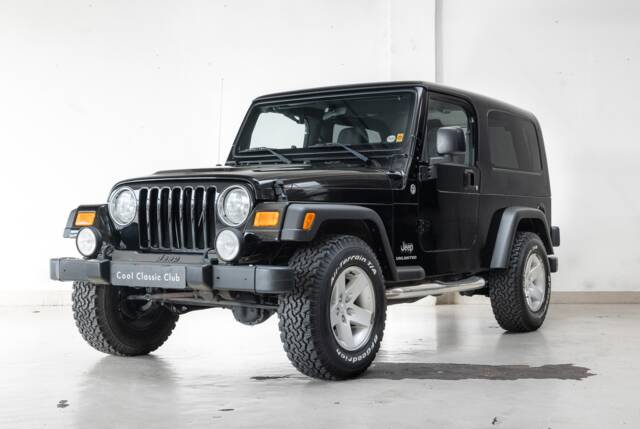
2005 | Jeep Wrangler TJ
TJ LWB - Low Mileage - EU Delivered -

1972 | Jeep Commando
JEEP JEEPSTER COMMANDO (C104) of 1972
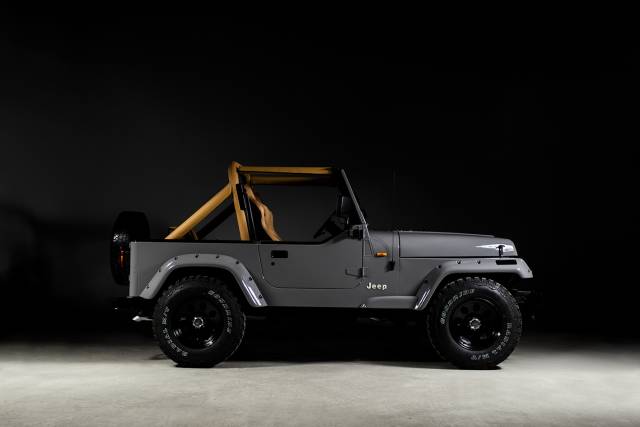
1991 | Jeep Wrangler 2.5L
JEEP WRANGLER 2.5 Soft Top YJ 1991
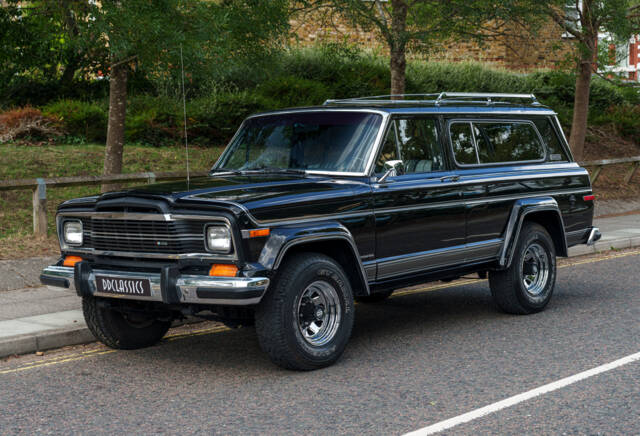

1971 | Jeep CJ-5
Histtorische Zulassung für Österreich neu gemacht
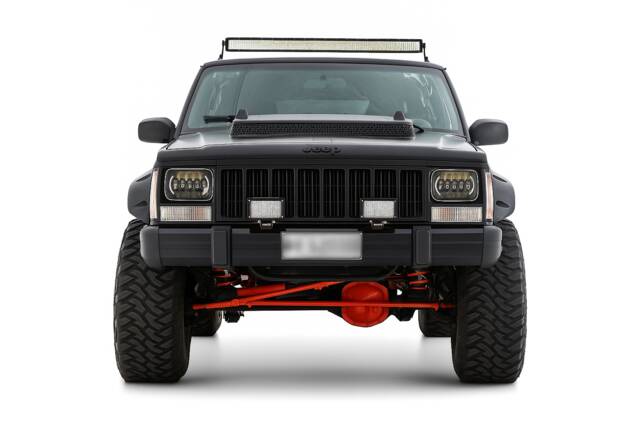
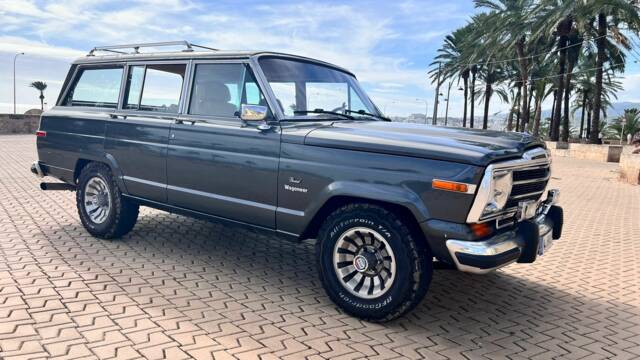
1986 | Jeep Grand Wagoneer
Wiesbaden
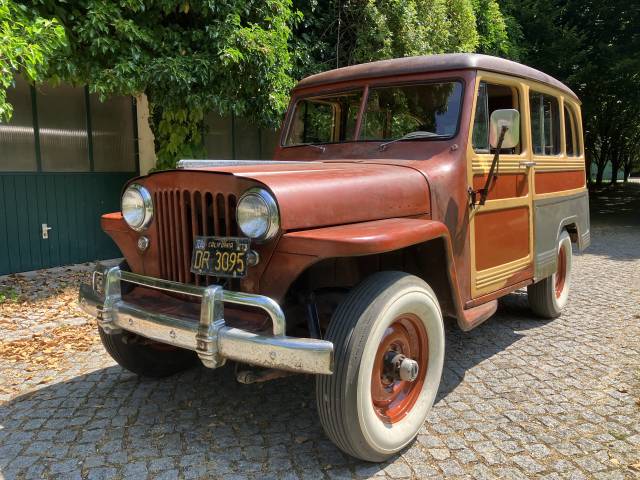
1949 | Jeep Willys-Overland CJ-3A
Unrestauriertes Originalfahrzeug , großteils Erstlack
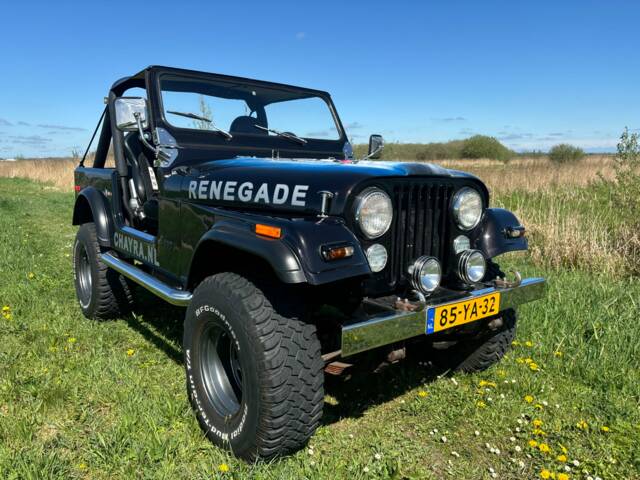
1977 | Jeep CJ-7
Jeep CJ-7 | 1977 | Route 66 Auctions - For sale by auction. Estimate 11500 EUR
History of Jeep
Founded amid the demands of World War II, Jeep's story begins in 1940 with a US Army bid for an all-wheel drive, lightweight off-road vehicle. Willys-Overland, Ford, and American Bantam each contributed to the development of what became the Willys MB. By 1945, civilian variants like the CJ-2A marked Jeep's entry into the public market. Through mid-century, the Jeep brand moved from Willys to Kaiser, then AMC, before becoming part of Chrysler and, later, Stellantis. The Jeep name became synonymous with off-road vehicles in Europe, shaping the language and culture around SUVs and 4x4s.
Model Ranges and Evolution
Jeep's most important historical series include:
- Willys MB: The war-time original with 2.2-litre, 60 BHP engine, produced until 1945.
- CJ Series (CJ-2A, CJ-5, CJ-7, CJ-8): Civilian off-roaders, with improvements in all-wheel drive and comfort; the CJ-5 ran over two decades with minimal changes, while the CJ-7 offered a longer wheelbase, hardtop, and automatic transmission.
- Wrangler (YJ, TJ, JK, JL): Introduced in 1986 as the CJ's successor, modernising toughness but retaining heritage features like a separate ladder frame and folding windscreen. Wrangler Rubicon models offer advanced off-road hardware.
- Grand Cherokee, Cherokee, Wagoneer, Grand Wagoneer: From the Wagoneer’s luxury features (since 1963) to the Grand Cherokee’s marriage of comfort and capability, Jeep expanded its reach beyond just utility.
- Rare and unique: Jeepster Commando, Forward Control FC, and variants built under license globally.
Highlights and Unique Features
Jeep vehicles stand out for their technical and design characteristics: separate ladder frame, rigid axles, robust leaf or coil suspensions, standard or selective all-wheel drive, and convertible options. Many models feature a folding windscreen, removable doors, and easily swapped hard/soft tops. The seven-slot grille, upright stance, and pronounced wheel arches create an immediately recognisable silhouette. Rare editions such as the CJ-7 Renegade, Golden Eagle, and Wrangler Rubicon introduce advanced off-road packages with features such as locking differentials, upgraded axles, and a range of gear ratios, specifically tailored for challenging terrain.
Technical Data
Special Editions and Collectible Models
Jeep has released a number of special and limited editions, including:
- Wrangler Rubicon: Engineered for extreme off-road use, with advanced drivetrain (Rock-Trac®, Tru-Lok® diffs), disconnectable sway bars, and heavy-duty axles.
- Wagoneer/Grand Wagoneer: Early luxury SUVs that introduced full-leather interiors, woodgrain trim, and advanced comfort features. Modern reinterpretations continue the tradition.
- Golden Eagle, Renegade, Laredo, Sahara, Orvis Edition, Levi’s Edition: Trim packages and limited models with unique colour schemes, badges, and accessory options.
- Ford “Seep” GPA: Amphibious version of the Willys MB, built for military river crossings.
Engine and Performance, Transmission and Handling
Jeep classic models prioritise off-road capability and mechanical durability. Leaf-sprung CJs and Willys variants offer simple, repair-friendly technology, but limited ride comfort and speed. Later models (CJ-7, Wagoneer, Grand Cherokee) introduced longer wheelbases and softer suspension for improved stability and comfort. Wrangler models continue the use of body-on-frame construction and solid axles, preserving superior ground clearance and articulation. Rubicon trim stands out for rock-crawling with low-range transfer case, locking diffs, and robust underbody protection. Engine options span from basic inline-fours to powerful straight-sixes and V8s, offering flexibility from agricultural tasks to motorway cruising. - CJ-7: Sought for its balanced off-road and on-road manners; optional auto transmission and various rear axle ratios (3.54, 3.73, 2.73).
- Wrangler (YJ/TJ): Two- and four-door variants, strong support for custom upgrades, recognisable classic off-road form.
- Wagoneer/Grand Wagoneer: Stand out with V8 power, plush interior, and pioneering luxury SUV concept.
- Cherokee XJ: Early unibody SUV, revered for practicality and toughness, versatile four- and six-cylinder power.
Interior, Comfort, Exterior and Design
Classic Jeeps are defined by purposeful, upright designs: seven-slot grilles, flat body panels, exposed hinges, and functional cabin layout. Many feature open bodywork, removable tops, and folding windscreens. Early models focused on utilitarian needs—minimal upholstery, steel dashboards—while Wagoneer and Grand Cherokee introduced woodgrain, premium trim, power seats, and comprehensive accessories. Rare special finishes (Levi’s denim interior, Golden Eagle graphics) and customisable aftermarket accessories allow further personalisation. Paint options evolved from army grey/olive to vibrant specials and decal packages, mirroring changing market tastes.
Other Features and Trivia
Many vintage Jeeps can be registered as historic vehicles (classic licence plates, ASI/CRS certificates) offering tax and insurance benefits. Early and mid-century Jeep models were licensed and copied worldwide, from Mahindra (India) to Hotchkiss (France). Jeep restoration and restomod projects are common, with broad parts availability and a culture of custom upgrades (suspension lifts, modern engines, bespoke interiors, unique paint schemes).
Summary
Classic Jeeps offer a unique intersection between mechanical ruggedness, historical significance, and customisation potential. Whether as a military relic, a usable classic, a luxury SUV pioneer, or an adaptable off-roader, Jeep’s historic vehicles have left a lasting imprint on automotive culture. Broad availability, consistent demand, and a dedicated aftermarket ecosystem make Jeep classics appealing across many collector and enthusiast segments.







